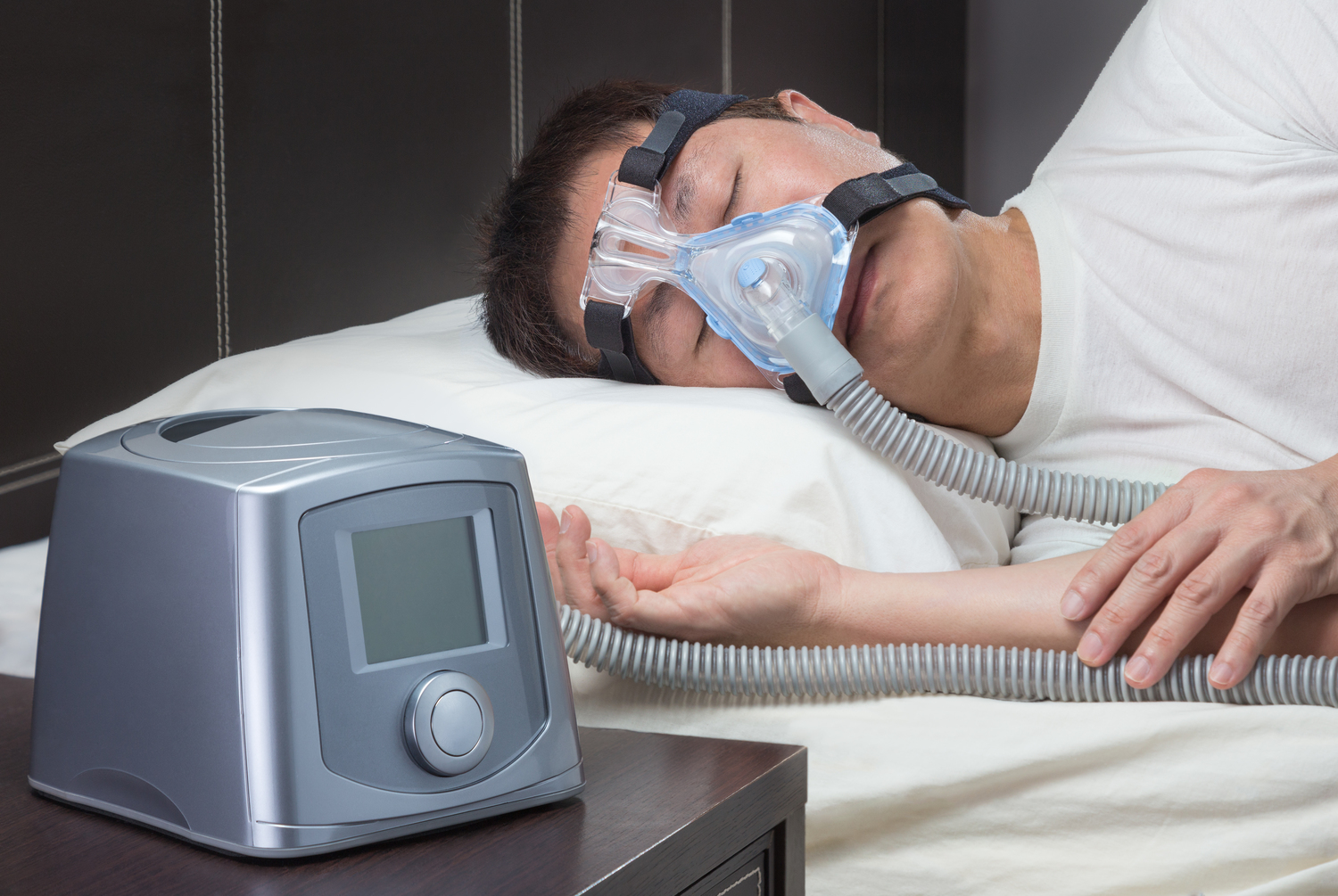
Treatment Options for Sleep Apnea
Central sleep apnea (CSA) is a state where the brain fails to signal the muscles to breathe due to instability in the respiratory control center. This is normally due to an underlying cause like kidney failure, damage to the brainstem, hypothyroidism, stroke, etc. In some cases, CSA could be narcotic-induced or even high altitude-induced periodic breathing.
Due to the absence of clear symptoms in some cases, central sleep apnea is discovered after polysomnography. There are no guidelines as to when or whether to treat CSA. The decision to treat the condition is an evaluation to be made on an individual basis. When the symptoms are present, the following treatments may be warranted:
1. Breathing strips
The first line of treatment is to lose weight and then maintain a healthy weight. Avoid alcohol and sleeping pills since they constrict the airways during sleep. If you have sinus or nasal congestion, the use of breathing strips or nasal sprays is encouraged. Avoid sleep deprivation and sleep on the side instead of sleeping on your back.
2. CPAP machine
Continuous positive air pressure (CPAP) is one initial method applied, especially if the patient has a history of heart failure. The supplemental oxygen improves ejection fraction. It is very effective in high altitude periodic breathing and greatly improves sleep architecture. The obvious thing to do in high altitude periodic breathing is to get to a lower altitude. The positive air pressure will have to be determined based on tests and the pressure is just enough to prevent collapse and to support the upper airway tissues. However, it has been observed that apnea episodes return when CPAP is improperly used or stopped.
3. Carbon Dioxide
Inhaled carbon dioxide in some cases has been used effectively in CSA. A tight-fitting mask attached to a small plastic cylinder is the source of carbon dioxide concentration, which increases the reserves above the apneic threshold. The increase in partial pressure of carbon dioxide is very less but it is very effective in stabilizing the breathing pattern.
4. Implants
Recently, the FDA approved an implantable device to treat CSA. It is implanted under the skin on the upper chest with a self-contained battery pack. The device sends electrical impulses to the phrenic nerve to stimulate the nerve moving the diaphragm when breathing. It helps to restore normal breathing patterns. In some cases, there were common adverse effects.
5. Prescription medications
Medication for central sleep apnea is different under different conditions. They include Theophylline, Acetazolamide, and sedative-hypnotic agents. Theophylline acts by antagonizing adenosine receptors in the bronchi relaxing the smooth muscle. It also increases collateral ventilation, respiratory muscle function, and mucociliary clearance. Acetazolamide acts by increasing the bicarbonate excreted in the urine and the blood becomes more acidic. Artificially acidifying the blood fools the body into thinking it has excess carbon dioxide. The body excretes this imaginary carbon dioxide by deeper and faster breathing, which in turn increases the amount of oxygen in the blood. Sedative hypnotic agents work by bringing down instability in ventilation induced by sleep-wake transitions.



